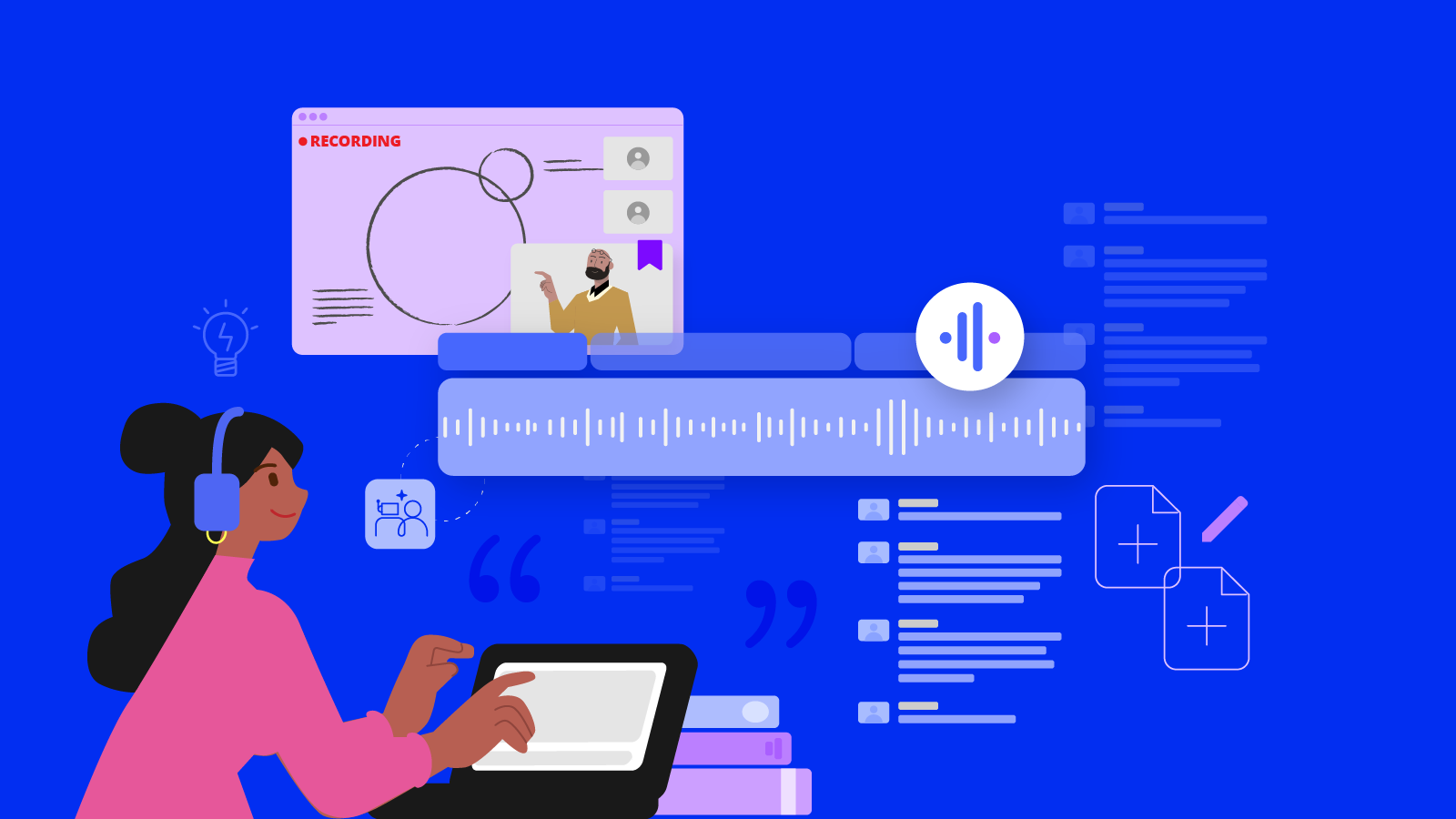For a good reason, note-taking is one of the most well-known modes of learning. Effective notes can assist you in learning knowledge in class, recalling information afterward, and studying. Without proper note-taking strategies, it is impossible to remember small details, much alone key topics, during classroom presentations. Students should spend a significant amount of time examining topics covered in classroom lectures.
The pandemic of last year has been difficult for kids throughout the world. With many schools adopting remote classes, students have had to adapt their learning styles. Given the pandemic’s uncertain future, it’s unclear when that will change.
Keeping this in mind, students must get comfortable with learning and studying remotely. This entails knowing good note-taking strategies that suit the format of their online courses. Here are numerous note-taking ideas and approaches that will take your remote class note-taking to the next level.
Identify How Remote Learning is Different From In-Person Learning
Knowing how your online classes will be taught can help you create the best note-taking strategies. While some online classes involve live lectures, others may be recorded lectures. Although you don’t need a distinct note-taking style for each type of class, having a few diverse strategies at your disposal might be useful.
If your lessons are being taught in real-time, you may need to find ways to capture all the information, so you do not miss out on key points. You can do so by recording your lectures, so you have the option to view the lesson again. If your classes are already recorded, you may choose to note timestamps that you can reference later. You can use Auris AI to create transcripts of your lectures, which also includes timestamps so that you can extract your notes directly or easily find timestamps of key points.
Essential Note-Taking Strategies
You are now prepared to take notes, so let’s discuss some common note-taking strategies. Everybody learns differently, and certain subjects are more suited to particular learning philosophies than others, so try out a few to find the approach that works for you.
Design Structured: The Outline
One of the simplest methods for note-taking usually comes effortlessly to most individuals. This method requires you to always note down 4 to 5 main key points of the lecture as your outline. As the lecturer covers each of these points, these key points will guide you in knowing what to include for the in-depth sub-points.
This is a fantastic and easy method of taking notes. Try to read each important point and summarize it without glancing at your notes too much to help you review these notes. Instead of just reviewing your notes again, use them as a way to test your own knowledge. You’ll be able to follow along and concentrate better in class.
Utilize Modern Note-Taking Strategies & Tools
There is no reason why your note-taking procedures shouldn’t reflect the digital age we live in. Current note-taking softwares makes it simple to add multimedia components to your notes, such as PDFs, audio recordings, and more.
For instance, you may import your audio files into your digital note-taking program to keep them organized with your other notes if you use Auris AI to convert audio recordings or produce transcripts of course contents. This also helps you to save time as you would be able to quickly search for points you need to be reinforced instead of sifting through hours of lecture recordings.
Use the 10-2-2 Method
The 10-2-2 method is a note-taking technique where students take notes for 10 minutes of new content, examine those notes with a partner for two minutes, and then study them separately for two more minutes.
This approach works well since it provides immediate reinforcement and aids in breaking down the content you’re learning into manageable pieces. After all, taking notes requires effort, and continuing to do so for an hour or more might be exhausting.
Use 10-24-7 Method
The 10-24-7 approach is an ideal option if you want to maintain your learning over a longer period of time. Using this method, you immediately spend 10 minutes reviewing your notes. You revisit them the next day, or around 24 hours later, and jot down any questions you have regarding your notes. Finally, you will evaluate them one more week later. If you like to cram at the last minute, use this method because you’ll be routinely reviewing the content as you go.
The Cornell Method
This method was developed in the 1950s by Cornell university, and it is one of the most common note-taking methods. In this method, you may break the page into three sections:
- Cue: You note down key points and potential exam questions in the cue section. This part helps you to recall the broader concepts and ideas.
- Notes: You can expand and describe certain cue points in the note section. You may use headers to summarize them and indent them and note them down in point form to help you remember better.
- Summary: In the summary section, you can summarize the material in one or two simple sentences. Because your notes will contain all the specific information, you want both the overview and the cue to be concise.
Make Use of Digital Note-Taking Strategies
Students have undoubtedly had to adapt to new distant learning environments as a result of COVID.
Even though it won’t completely solve all of the possible problems with distance learning, developing your note-taking strategies as a remote student helps ease the transition. Try out these suggestions and keep enhancing your online note-taking techniques to make sure you’re getting the most out of your online education and maximizing retention.
Need assistance organizing your recorded lectures? Try out Auris AI. All users get 30 free transcription minutes every month!






